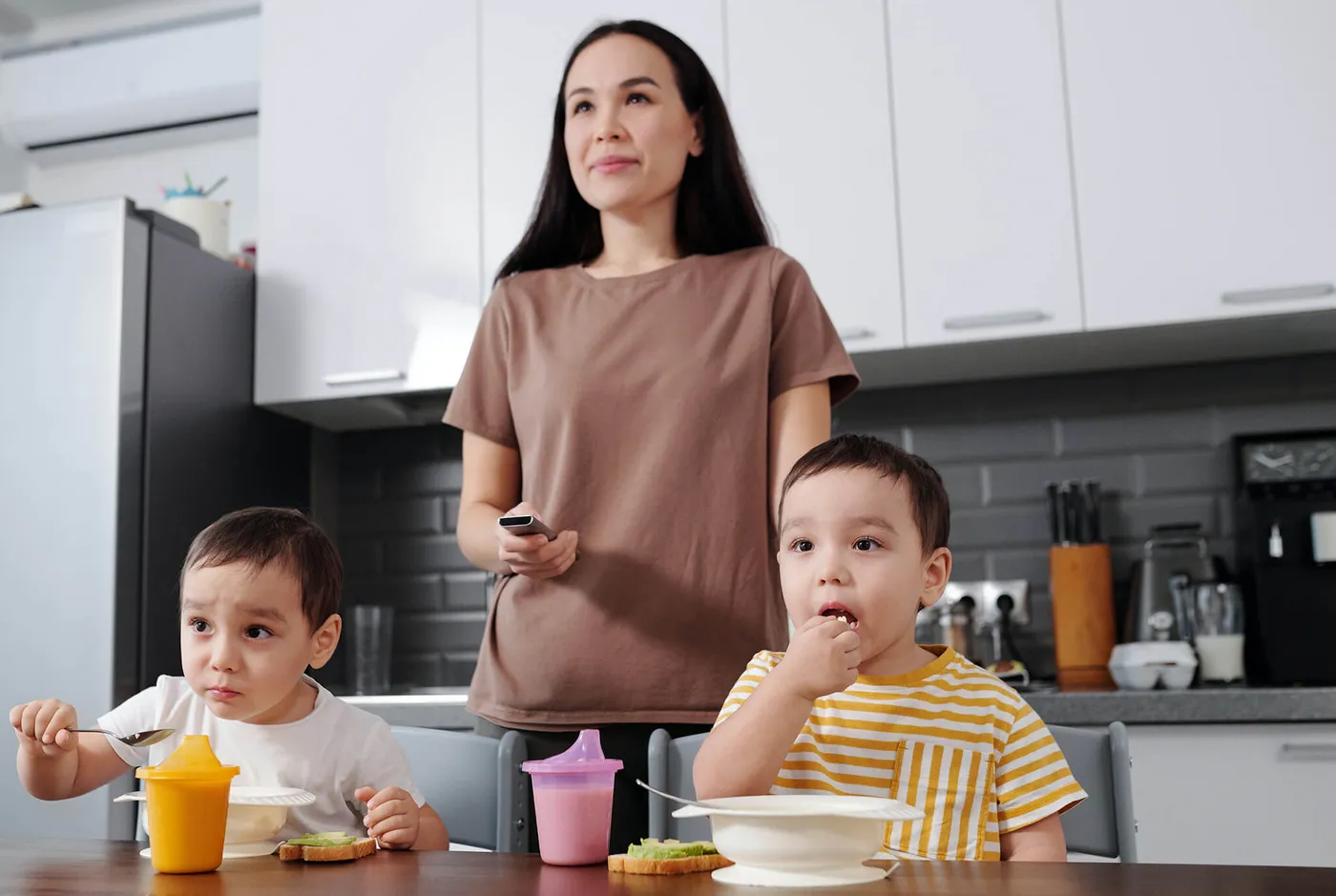Advertising to women is a unique challenge, but building trust with this target audience can be crucial for success. The growing use of programmatic advertising increases a brand’s risk of where its message will run.
However, brand safety is essential for marketers to consider when it comes to women-centric advertising and building trust with this target audience. Read on for brand safety solutions to help you connect with women consumers.
Why are women such a key buying demographic for so many leading brands, advertisers and marketers?
Women have more purchasing power than ever before, controlling or influencing 85% of consumer spending in the U.S. each year.¹ What’s more, women purchase over 50% of traditional male products, including automobiles, home improvement products, and consumer electronics.²
Brand safety is a priority for women consumers
82% of consumers think it’s important that the content surrounding ads is appropriate. When a brand’s ads are served alongside content deemed unsuitable, like violence, misinformation, or obscenities, it can lead to a negative association for the brand. 71% of consumers say they would feel less favorable toward a brand that advertises near inappropriate content. This can have a material impact on business and ROAS (return on ad spend) as 51% of consumers say they are likely to stop using a product or service of a brand whose ad appears near inappropriate content.³
A brand-safe alternative to programmatic advertising
Advertising on daytime television is a popular way to reach this target audience, with 92% of women ages 25-54 watching daytime television⁴ — but it’s important to make sure that you choose the right channel. Children’s programming, which is often co-viewed with parent & child, provides an extremely brand-safe alternative to other daytime programs.
PBS KIDS tops the children’s cable daytime viewing for Women 25-54 AND offers a brand-safe, family-friendly viewing experience that women have grown up with and trust.⁵ This trust in PBS KIDS leads to higher purchase preference from viewers. In fact, parents are 30% more likely to buy a product for their child if they hear about it from a sponsor on PBS KIDS as opposed to hearing it from an advertiser on commercial kids video (TV & Streaming).⁶ Spots that air on PBS KIDS are targeted to adult decision-makers — not kids. This approach lets sponsors effectively reach parents while maintaining a safe viewing environment for kids.
By prioritizing brand safety, companies can align their brand with respectful content that earns the trust of consumers, leading to higher brand loyalty and sales.
Contact us to learn how a PBS KIDS National Corporate Sponsorship Package can keep your brand safe.
¹ Forbes 2019
² Andrea Learned, “Don’t Think Pink”
³Integral Ad Science Report, “The State of Brand Safety”
⁴Nielsen NTI Live+7, M–F 6a–7p, 10/22–9/23, 1 min qualifier
⁵Nielsen NTI Live+7 average audience (000), 2/6/23–9/24/23, PBS Kids = combined PBS Kids programming, Cable Networks = M–F 6a–5p
⁶Kantar | SGPTV, US Video Audience Insights 2023

